Answered step by step
Verified Expert Solution
Question
1 Approved Answer
java Chapter 4 Lab Loops and Files Lab objectives Be able convert analgorithm using control structures into Java code Be able to write a while
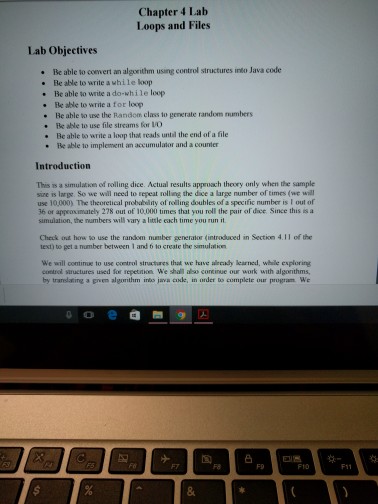
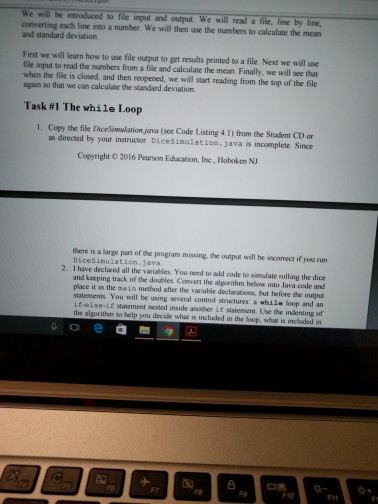
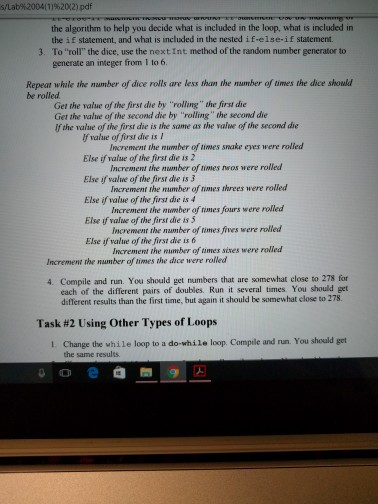
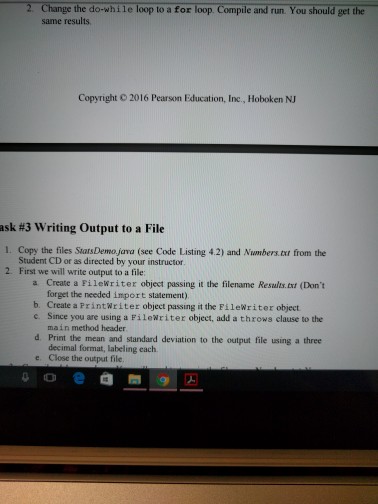
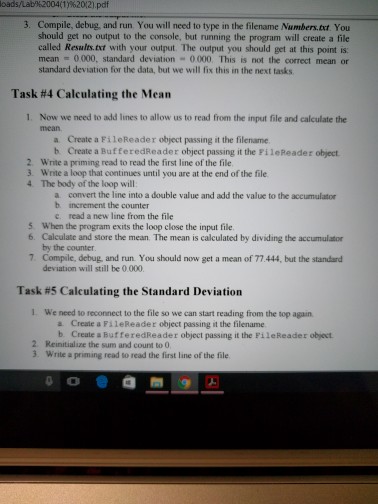
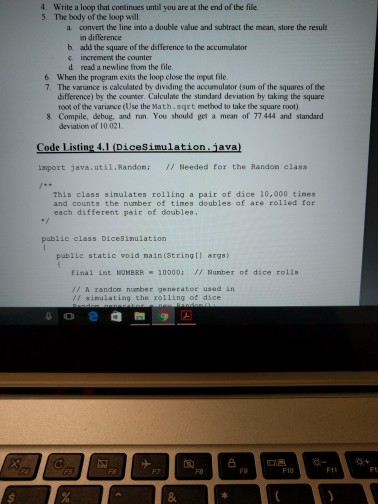
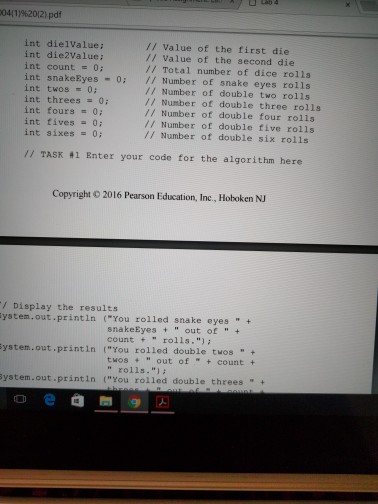

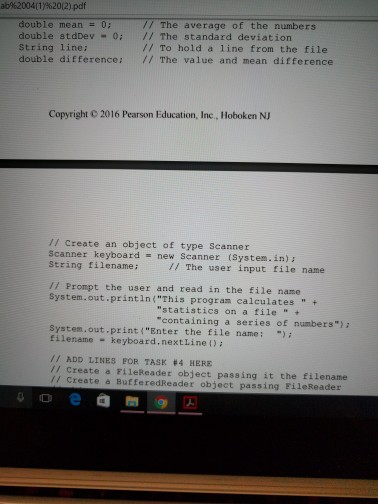

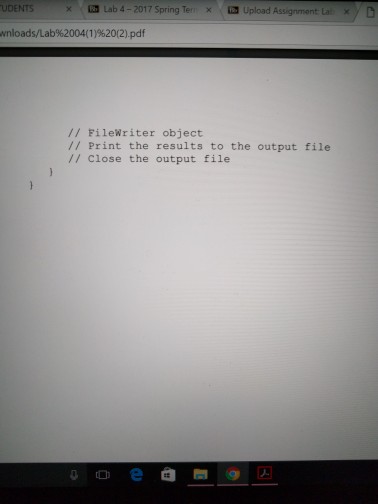
java
Chapter 4 Lab Loops and Files Lab objectives Be able convert analgorithm using control structures into Java code Be able to write a while loop Be able to write a do-while loop Be able to write a for loop Be able to use the Random class to generate random numbers Be able use file streams for Be able to write a lomp that reads until the end of a file Be able to implement an accumulator and a counter Introduction theory only when the sample This is a simulation of rolling dice. Actual results a size is large, so we will need to repeat rolling the dice a large number of times (we will use 10.000) ne theoretical probalelity of rolling doubles of a specific number is 2?8 out of 10.000 times that you roll the pair ofdice Since this is a simulation, the numbers will vary a little each time you run it. Check out how to use the random number generator (introduced in Section 4 get a number betwee 1 and to to create the simulation We will continue to use control structures that we have already learned, while exploring control structures used for repetition we shall also continue our work with algorithms, by translating a pivem algorithm into java code, in order bo com Chapter 4 Lab Loops and Files Lab objectives Be able convert analgorithm using control structures into Java code Be able to write a while loop Be able to write a do-while loop Be able to write a for loop Be able to use the Random class to generate random numbers Be able use file streams for Be able to write a lomp that reads until the end of a file Be able to implement an accumulator and a counter Introduction theory only when the sample This is a simulation of rolling dice. Actual results a size is large, so we will need to repeat rolling the dice a large number of times (we will use 10.000) ne theoretical probalelity of rolling doubles of a specific number is 2?8 out of 10.000 times that you roll the pair ofdice Since this is a simulation, the numbers will vary a little each time you run it. Check out how to use the random number generator (introduced in Section 4 get a number betwee 1 and to to create the simulation We will continue to use control structures that we have already learned, while exploring control structures used for repetition we shall also continue our work with algorithms, by translating a pivem algorithm into java code, in order bo comStep by Step Solution
There are 3 Steps involved in it
Step: 1

Get Instant Access to Expert-Tailored Solutions
See step-by-step solutions with expert insights and AI powered tools for academic success
Step: 2

Step: 3

Ace Your Homework with AI
Get the answers you need in no time with our AI-driven, step-by-step assistance
Get Started


